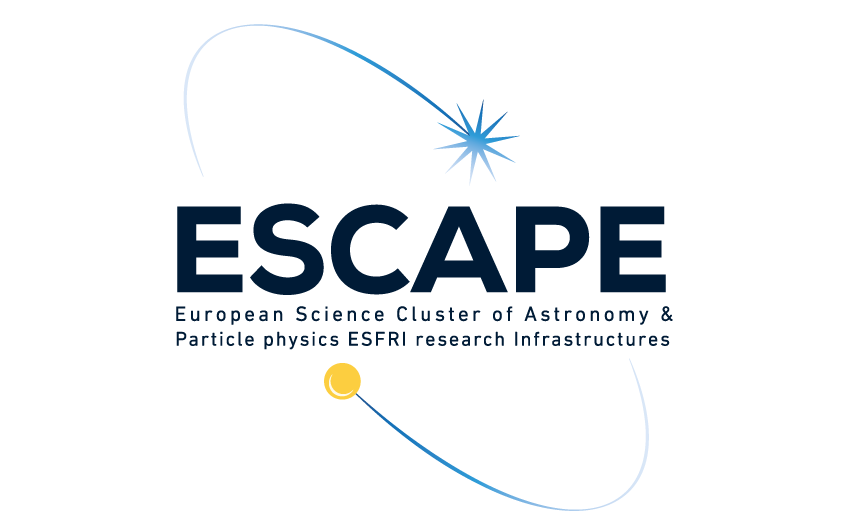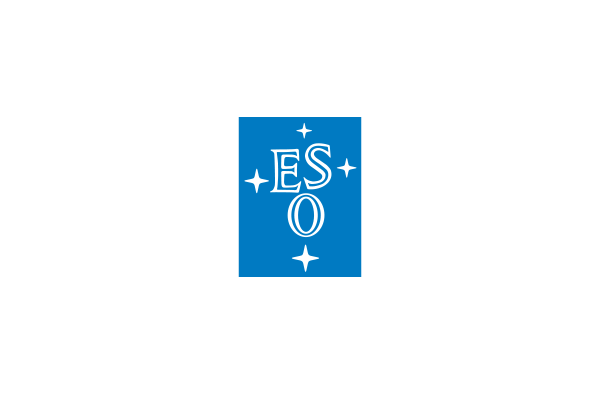
Astrophysics
Extremely Large Telescope
Garching bei München; Germany (HQ), Cerro Armazones, Chile (Observatory)
Contacts:
Martino Romaniello, Michael Sterzik, Andrew Williams.
The Extremely Large Telescope (ELT) is a revolutionary scientific project for a 40m-class telescope that will allow us to address many of the most pressing unsolved questions about our Universe. When operational in the year 2025, it will be the largest optical/near-infrared telescope in the world, with a light-gathering area of 13 times larger than the largest optical telescopes existing today. It will be able to correct for image distortions caused by the turbulence in the Earth atmosphere, providing diffraction-limited images that are 16 times sharper than those from the Hubble Space Telescope. The ELT will be located on the Cerro Armazones mountain in Chile’s Atacama Desert.
The ELT is built and operated by ESO, the European Southern Observatory. ESO is the foremost intergovernmental astronomy organisation in Europe. Its main mission, laid down in the 1962 Convention, is to provide state-of-the-art research facilities to astronomers and astrophysicists, allowing them to conduct front-line science in the best conditions. It is supported by Austria, Belgium, the Czech Republic, Denmark, Finland, France, Germany, Ireland, Italy, the Netherlands, Poland, Portugal, Spain, Sweden, Switzerland and the United Kingdom, along with the host state of Chile.
Multimedia: https://elt.eso.org/media/
ELT Scientific Challenges
The ELT is motivated by a wide range of scientific challenges encountered by modern astronomy. It will vastly advance astrophysical knowledge by enabling detailed studies of planets around other stars, the first galaxies in the Universe, super-massive black holes, Cosmology and fundamental physics and the nature of the Universe's dark sector (Dark Matter and Dark Energy).
Archive multi-wavelength, multi-messenger science is a `central fixture of the current and future research landscape for ELT. The application of Deep Learning techniques to the ESO Science Archive to build advanced user services is a priority (e.g. based on the physical properties of the celestial sources and not the technical setup of the measurement apparatus).
ELT also wants to be able to make long-term study of sunspot groups, on one hand, and of coronal holes on the other hands. Sunspots and coronal holes are two features appearing on the Sun, which are directly linked to space weather events which may disrupt e.g. satellites or GNSS communications. Another challenge is the inclusion of the Virtual Observatory services in the EOSC.
ESCAPE Impact to ELT
ESCAPE VO

ELT has developed a prototype that extracts the physical properties of stellar sources (effective temperature, surface gravity, radial velocity). It is based on training a Deep Learning network on the data from the ESO HARPS spectrograph and has proven effective in discovering data based on the properties of the source, not of the experimental setup. ELT was able to put a catalog of sunspot groups into the Table Access protocol format.
ELT also improved the documentation for its processing of solar data for determination of the coronal holes, including provenance information. ELT will soon put the corresponding coronal hole catalog also into a TAP service. As TAP is an international standard, that is accessible via different virtual observatories, one may say that ELT catalog is Findable-Accessible-Interopreable, and Reusable (FAIR).
By using products from ESCAPE, especially those from ESCAPE VO, users can ensure their data outputs can be FAIR. The expansion of Virtual Observatory protocols and tools carried out in ESCAPE has enabled new multi-messenger, multi-observatory science cases.
EST expectations towards ESCAPE
Continue on developing the use of TAP for solar physics datasets, and in particular those pertaining to EST. More integration between existing standards to make data FAIR and the various EOSC tools is also welcome. Keep the focus and momentum in support of making the EOSC a central pillar of scientific research.
LEARN MORE ABOUT HOW ESCAPE IS SUPPORTING THE OTHER RESEARCH INFRASTRUCTURES


